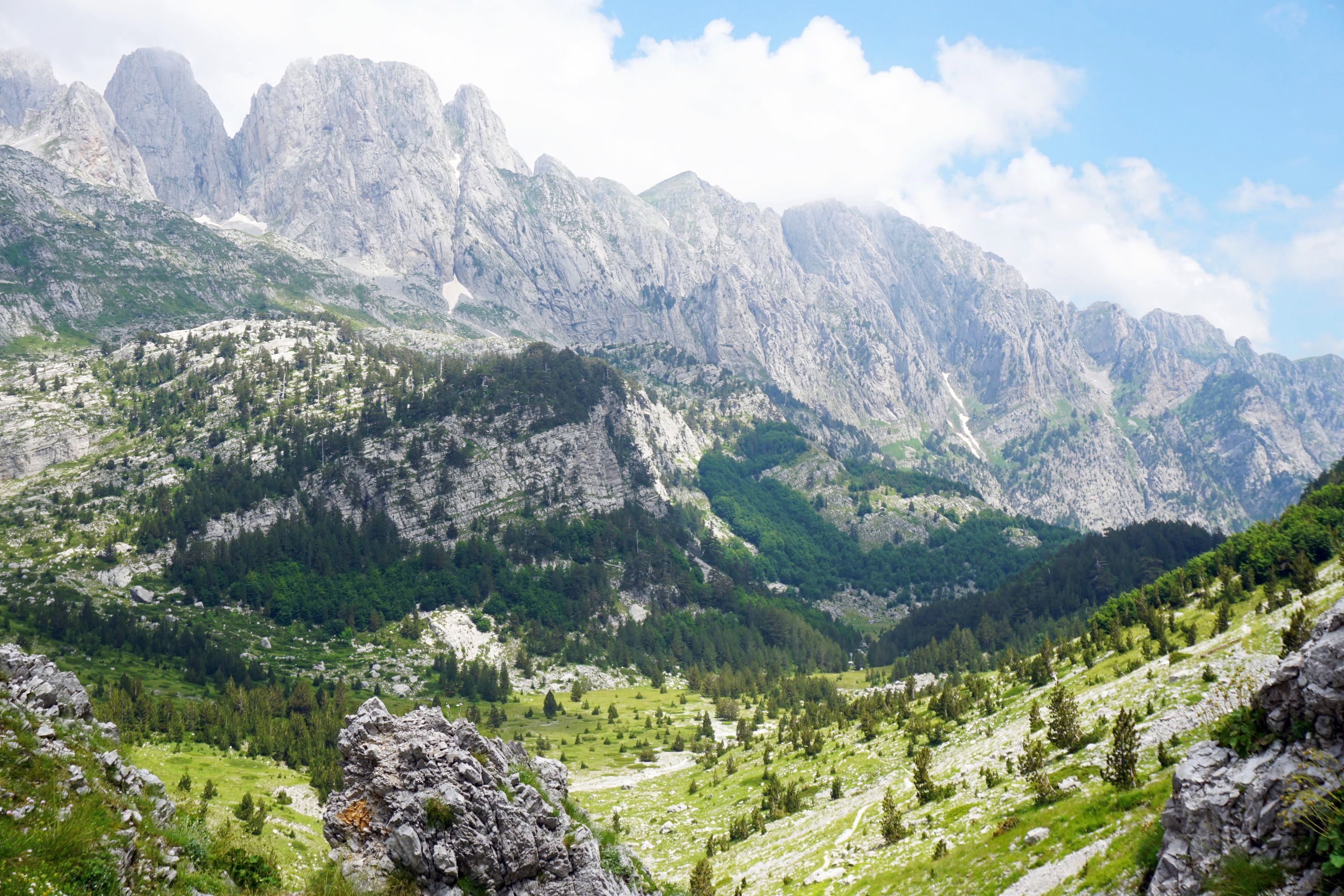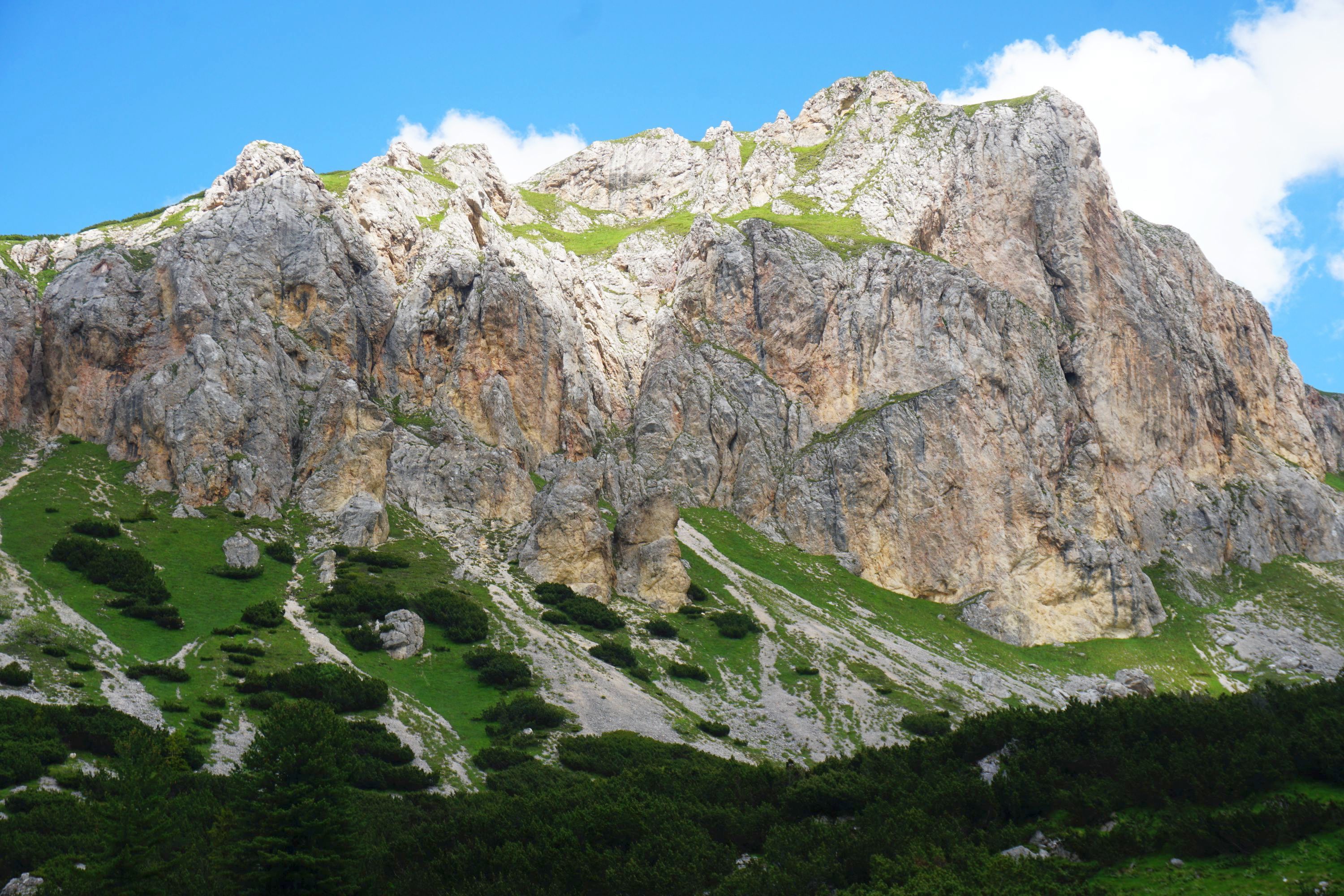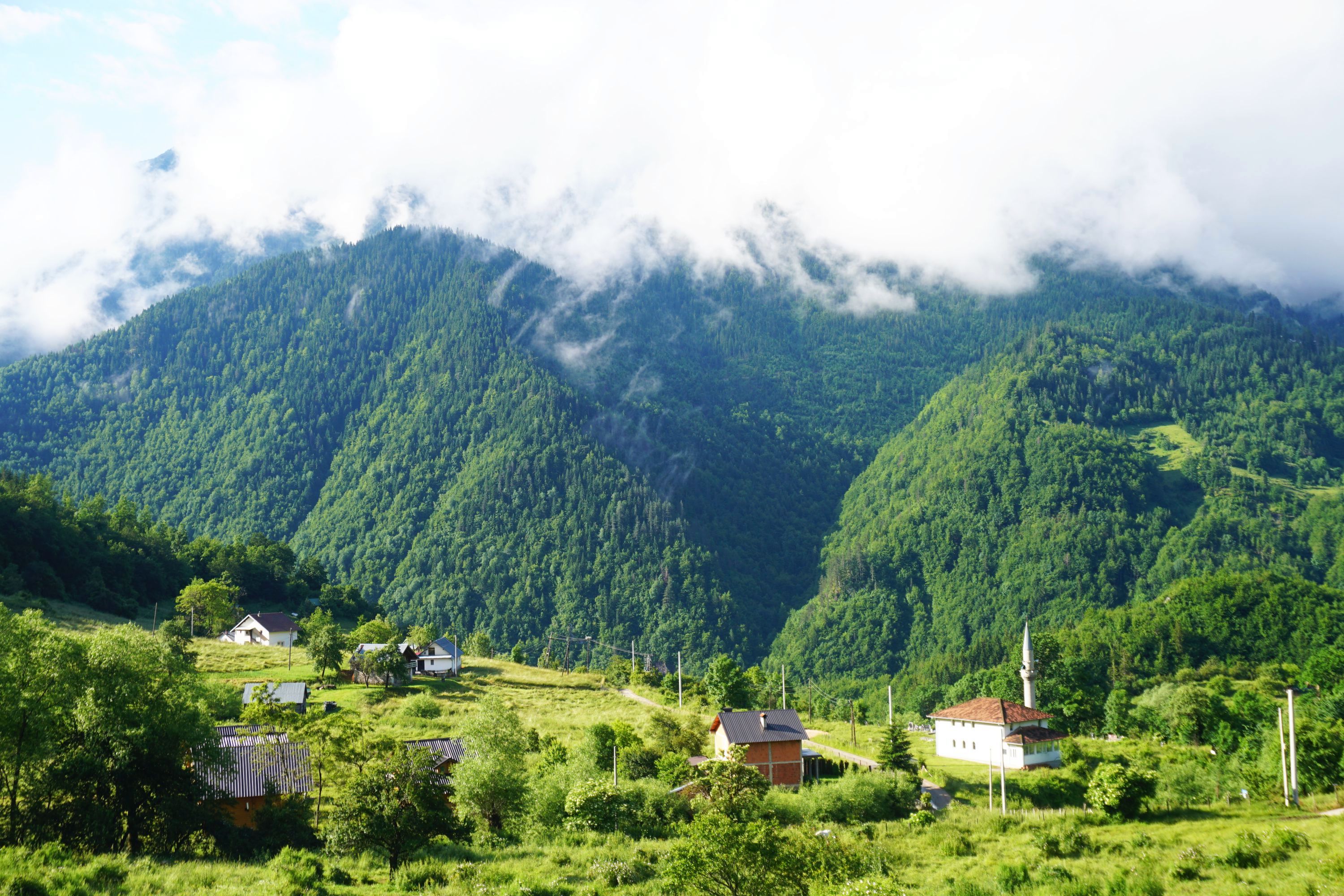Opened in 1989, the Leh-Manali Highway runs for 473km through some spectacular mountain scenery, and over one of the highest driveable passes in the world. This post covers the first two days of the three day journey from Manali to Leh, most of which unfortunately was spent travelling through a summer storm, plenty of rain and cloud and occasional sunshine.
Leaving Manali we passed by one of many bridges on the route, crossing fast flowing glacier fed rivers heavy with sediment. The prayer flags covering it were a good idea given it’s condition.

The Kullu Valley catches the monsoon, creating a lush green environment with abundant waterfalls when I visited in August.


The road headed the mountainside toward Rohtang Pass via up many switchbacks, one of which was clearly an issue for this precariously balanced truck. I later learnt that Rohtang Pass literally translates as ‘pile of dead bodies’…

After 17km and an hour and a half driving we reached Marhi, a collection of buildings, stalls and a Buddhist stupa.



Leaving Manali we’d passed a number of stalls with one piece ski suits, often in pretty garish colours. At Marhi we could see why they were there, as local tourists hire them to stay warm heading up to the pass, though the only ones I captured were in disappointingly sober colours.



The narrow, patchy and often congested road was relatively slow and uncomfortable, though it’s not often that roads go through the middle of permanent slabs of snow.

Rohtang Pass (3,980m) is popular with locals who will drive 2-3 hours from Manali to take photos at the top, many hiring horses to take them the final way to the summit, even when the visibility was limited…



There were plenty of prayer flags and parked cars.


The other side of the pass, joining the Lahaul and Spiti valley, had quite a different landscape, better visibility, and a much better road with far less traffic.




At the bottom of the Lahaul Valley the people of the town of Koksar grow cabbage, cauliflower and green peas in the summer. People live here all year round and though the road doesn’t close is it is difficult to get over the pass for six months due to snow and ice.


That will change when the much delayed 8.8km long Rotang Tunnel finally opens. Construction started in 2010 and the latest revised opening date is 2020. Running through the mountainside under Rotang Pass it’ll save five hours of travel and ensure access all year round. Although open to the public, the priority is for the military, to improve access to Ladakh, which neighbours China.

The epic scenery continued driving along the valley, though the lack of sunshine didn’t help photography from a moving car.

As we approached Jispa the sun finally made an appearance, bringing the hills to life.





Jispa (3,200m) is home to about 350 people and Hotel Ibex, the only hotel on the Leh-Manali Highway when the 2016 Rough Guide was published. Since then quite a number of hotel and hotels have opened, reflecting the increasingly popularity of the road, particularly with motorcyclists.

Unfortunately the sunshine didn’t last and increasingly heavy rain set in overnight. We didn’t leave Jispa till after lunch the following day so it was a quiet morning. A trip to Shri Kalachakra Phodang Temple filled 45 minutes.


The rain didn’t ease off much, making for an atmospheric if gloomy start on the road further north to Sarchu, with some rather larger puddles to navigate.

Many of the bridges along the road are being upgraded but few are yet finished.


We were slowed down by a couple of mobile road blocks, first goats, then sheep.


There was some rockfall to dodge, surrounded by atmosopheric landscape.



There wasn’t much to mark the 4,900m high Baralacha La pass other than a few prayer flags and some fresh snow. It was below 3C outside.

Shortly after we pulled up, allowing me to get a nice shot of our convoy of four cars, unexpected purple wild flowers, snow capped mountains, and the stunning vista ahead, briefly illuminated by some sunshine.






In the middle of this barren landscape five tents provided a little shelter, food and drink, rudimentary toilets, and closer views of the hillside ahead.



The road is very popular with motorcyclists, both local and international, though on a day like this it didn’t look that much fun. Many of them ride classic Royal Enfields, one of the most common motorbikes in India.


Still a motorbike is perhaps preferable to a mountain bike, which half a dozen brave souls were riding, though with a support vehicle carrying their things. This is one of the hardest bike rides around, taking 8-10 days to cover the 473km, with some climbs as long as 50km long. It is usually done from Manali to Leh, which seems a little masochist given that Leh is 1,600m higher than Manali.

Sunshine brought life to the landscape.



Late afternoon we reached our campsite, which was home to the flashiest tent I’d stayed in to that point. It even had an en-suite bathroom!



To finish with the views from a short walk from the campsite to a nearby canyon demonstrating the power of rivers and the forces of erosion.








Leave a Reply